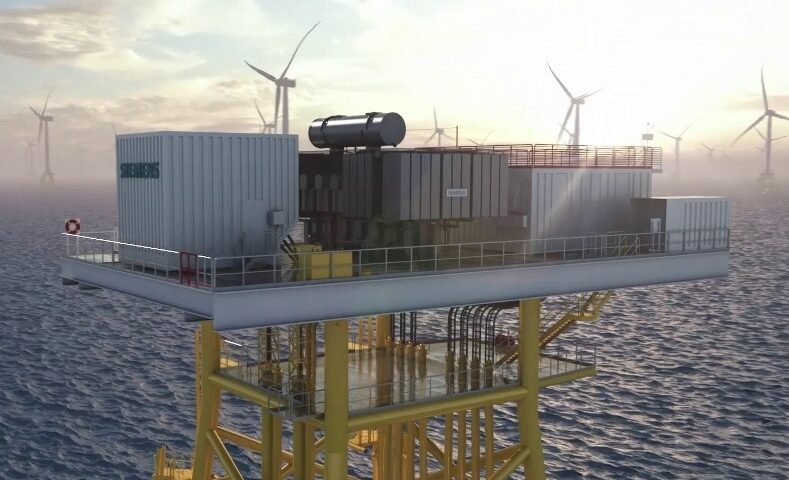Offshore wind energy: The next step in India’s energy transition
In the context of wind energy, which was initiated in the early 1990s and which is perhaps India’s earliest step in energy transition, India has made the next move — offshore wind farms.
In June 2024, the Union Cabinet approved a viability gap funding (VGF) of Rs.6,853 crore for developing 1 GW of offshore wind farms – 500 MW each in Gujarat and Tamil Nadu – through private sector participation.
It is estimated that India has wind energy potential of 30 GW each offshore Gujarat and Tamil Nadu. Efforts are being made to commission at least one 500-MW project offshore Gujarat and another of same capacity in Tamil Nadu, by March 2029 – both under the VGF mechanism.
There are two aspects to offshore wind energy farms – one is development of the wind farms and the other is to develop the power transmission infrastructure. The wind farms will be developed by the private sector, and the initial 1 GW of capacity will be entitled to funding under the VGF mechanism.
As far as power evacuation is concerned, it is estimated that an investment of Rs.18,371 crore will be made in developing infrastructure for transmitting 1.5 GW of offshore wind energy – 500 MW in Gujarat and 1 GW in Tamil Nadu. The Centre has decided that this infrastructure will be developed by Power Grid Corporation of India Ltd (PGCIL) under the regulated tariff mechanism (RTM) route. It is likely that future transmission infrastructure may be developed under the tariff-based competitive bidding (TBCB) route but the initial 1.5 GW will be the mandated responsibility of PGCIL.
While it may be argued that the private sector has been left out, at least to being with, from an exciting area like power transmission from offshore wind farms, there is still tremendous potential for the private sector for equipment supplies and contracting jobs. It may be recalled that the mega HVDC transmission scheme to evacuate solar energy from Leh in the UT of Ladakh has also been entrusted to PGCIL under the RTM route. However, today there are other HVDC-based transmission schemes for renewable energy evacuation being bid under the TBCB route.
Offshore wind energy evacuation will need sophisticated infrastructure like offshore substations that will call for specialized contractors and equipment suppliers. Besides, there will be immense scope for the supply and laying of extra-high voltage (EHV) submarine cables.
Power transmission infrastructure for offshore wind energy therefore presents an exciting opportunity for a big class of equipment suppliers and service providers. It is also likely that future offshore wind energy transmission infrastructure will see the engagement of the private sector as developers, more than just equipment suppliers.
All said, the private sector must harness the abundant opportunity presented by the offshore wind energy ecosystem.
The author of this article, Venugopal Pillai, is Editor, T&D India, and may be reached on venugopal.pillai@tndindia.com. Views are personal.






